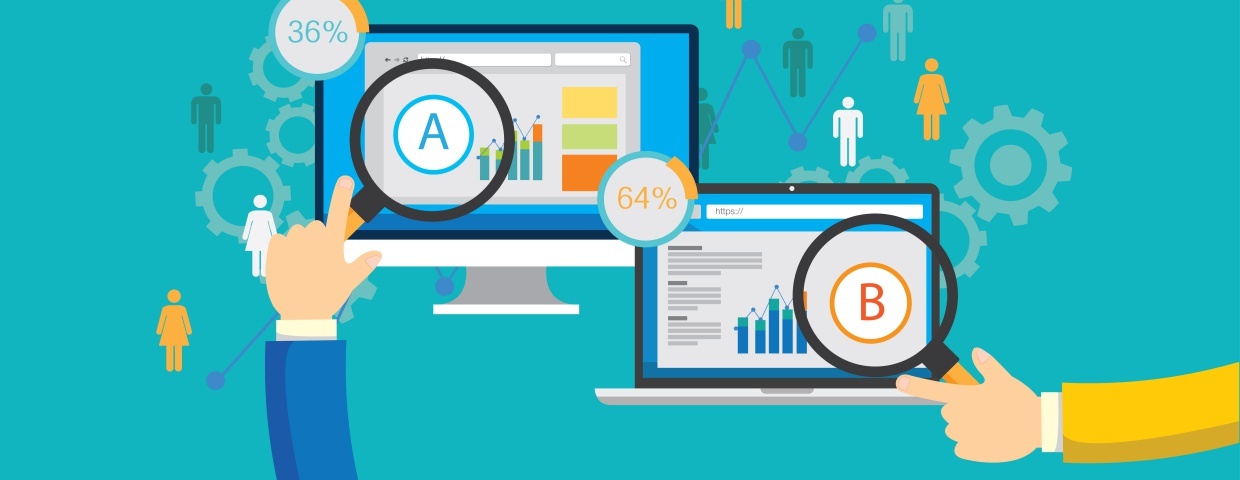What is A/B Testing and How Can I Benefit?
Posted by Sarah Wai on Nov 16, 2016 2:08:01 PM

If you are looking for a way to test the effectiveness of your marketing efforts, A/B testing (or split testing) is the way to go. A/B testing can be used with emails, web pages, calls-to-action (CTAs), etc. Essentially, you take one copy of a marketing material, and you tweak it enough to create two versions. You then experiment at random with users (or target specific user segments) to find which version they engage with the most or which variation performs better for a specified conversion goal.
Although it takes time to create multiple versions of marketing materials, the ROI is worth it. At Tribute Media, we have seen this with our marketing materials, as have companies such as Sony and Hubspot. Sony saw a 20% increase in purchases after doing an A/B test on their homepage checkout layout. Hubspot saw a 24% increase in form submissions on a particular form on which they ran an A/B test. For that form, all they did was simply remove an image. Sometimes, it can be that easy! But you won't know until you take the time to test.
Understanding the Basics of A/B Testing
Why do it?
A/B testing can be extremely beneficial for your team because it allows you to collect data (which can be used in the future) based on the differences between a "control" version of a marketing material and a "variation" of the material. Instead of a "well, we hope this works" mentality, you now have a "we know why this works" mentality because you better understand what impacts your user's behavior and can utilize what you've learned.
The Key to A/B Testing
The key to A/B testing lies in this:
Only make one change at a time.
If you make more than one change at a time, you will not know which change impacted users. By changing one thing, you have no doubt what was impactful. By introducing changes one at a time, you make crucial steps toward a more effective marketing campaign and can optimize for the desired outcome.
The Process
- Data collection: Figure out what needs to be tested by compiling analytics on your marketing materials. If something isn't performing the way you desire (or not at all), it's probably time to do some testing. Wherever you see a need for improvement, that's a safe place to start. Focus first on the most impactful materials because you'll see a greater return with those.
- Identify your goals: Based on what you've found needs to improve, what S.M.A.R.T. goals need to be set? What metrics do you want to use to measure the success of the variations?
- Determine next steps: Now that you know what your goals are, how are you going to achieve them? What steps can you take that you think will change outcomes?
- Create variations: This might include swapping elements, changing colors or images, etc. But only change one thing at a time.
- Get testing! Set a realistic S.M.A.R.T. goal that has a realistic timeframe based on past analytics.
- Analyze and improve: Check the results and differences and determine how those affect future changes. If results seem very similar, set your last change back to the "control" version, and make a different change for your next test. If there was a notable difference, leave your last change as is and change another thing.
A/B testing takes time and patience, as a test can run anywhere from a couple of days to a few weeks. Make sure you set a sufficient amount of time so that you don't get skewed results. Always be aware of anomalies that could affect your test results and don't be afraid to re-test to ensure accurate results.
Are you ready to get started?
Written by Sarah Wai
Former Content, Email, and Social Media Marketing Specialist of Tribute Media. Bachelor of Science in Digital Communication Arts and Master in Business Administration.


